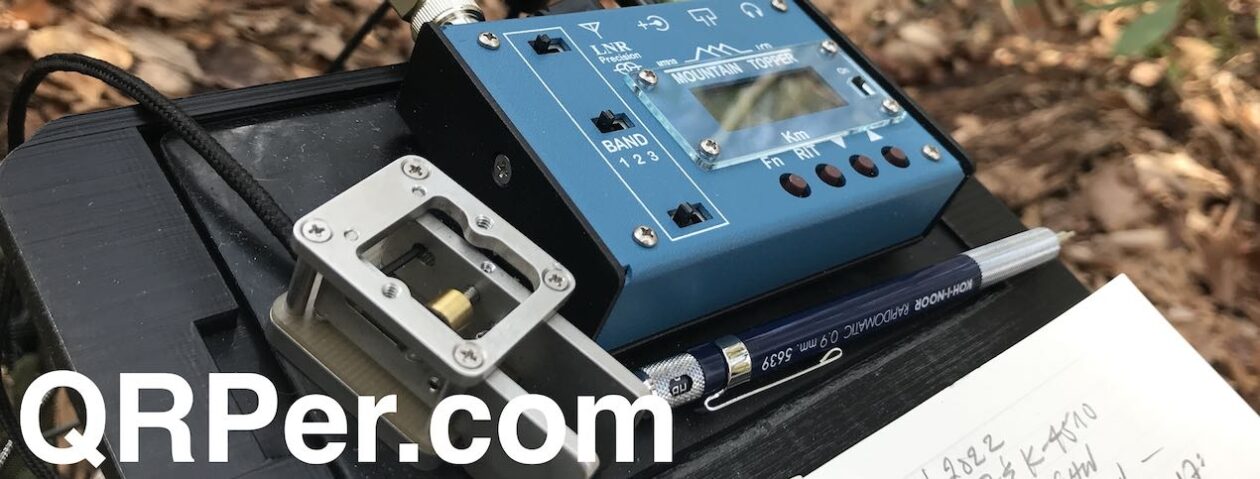The following article originally appeared in the October 2022 issue of The Spectrum Monitor magazine:
The enduring Yaesu FT-817 and FT-818 series transceivers
by Thomas (K4SWL)
Last April, our family went on a camping trip at New River State Park in Ashe County, North Carolina; we had an absolutely brilliant time.
Naturally, as with any camping trip or extended travel, I’d put a lot of thought into choosing the portable transceiver and field kit to take along.
The great thing about camping at a state park is that I can “activate” that park via the “Parks On The Air” (POTA) or “Worldwide Flora and Fauna” (WWFF) programs pretty much anytime: early morning, late afternoon, or even in a late shift well into the night. Or, of course, all of the above. Since my activation site is also where I’m eating and sleeping, my radio usually gets heavy use.
Before leaving on that April camping trip, I knew what radio I wanted to operate the bulk of the time: my Yaesu FT-817ND. For a lot of reasons which I’ll delve into later, I think the FT-817ND (or its latest iteration, the FT-818ND) is an amazing QRP field radio.
Despite unstable propagation and a little campground QRM that moved in over the weekend––no doubt from a neighboring RV, chock full of noisy switching power supplies––I found the FT-817ND activation to be a most enjoyable experience. I posted a few field reports and activation videos from my New River activations on QRPer.com.
The thing is, each time I publish a field report using the FT-817ND, I receive a string of questions from subscribers and readers. Questions such as…
- Should I buy a new FT-818 or a used FT-817?
- Why do you like the FT-817ND so much?
- What’s the difference between the 817 and 818?
- How does the FT-817/818 compare with _____ radio?
Most queries, however, are a version of this comment from reader David:
“We have such a wide array of QRP rigs available to us these days, I’m curious what brings you back to the Yaesu for activations? It’s bigger than our more modern radios, with no ATU and more current draw. I’m just wondering if there is something that you find it does particularly well, or if it’s just ‘because I like to use it,’ which to me is an entirely valid reason, too! My 897 served me well, as does my 891; I’ve had Yaesu handhelds forever, so I’m certainly a fan. I don’t own an 817/8 but they have a devoted following so I just wanted to get your perspective on it.”
Or as another subscriber distilled the question:
“Why choose a legacy design like the 817/818 when newer QRP transceivers have better overall field specs and features?”
Of course, these types of questions are simple enough when it comes to asking, but when it comes to answering, much more complex.
Of course, as I said in my recent TSM article about choosing a field radio, one’s love of a particular radio is by definition quite subjective, and this certainly applies to my response…we all have our own personal preferences. But behind these preferences are objective facts, such as product’s unique features, specifications, and form factor; let’s take a look at these.
Continue reading The enduring Yaesu FT-817 and FT-818 series transceivers

















































